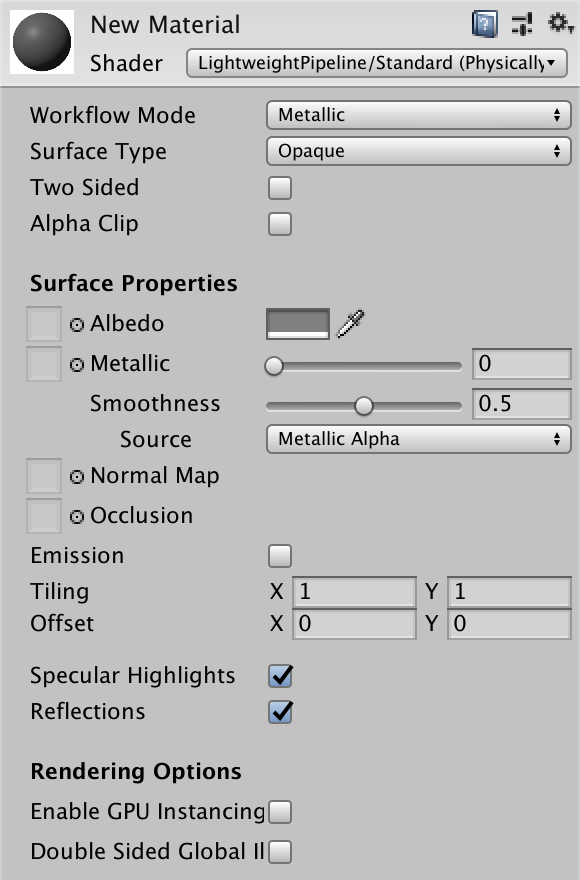




The MRTK/Standard shading system is an 'uber shader' that uses Unity's shader program variant feature to auto-generate optimal shader code based on material properties. When a user selects material properties in the material inspector, they only incur performance cost for features they have enabled. Add a Depth Mask Shader to your occlusion model’s material or add the Unity built-in SpatialMappingOcclusion material to your model’s mesh in order for it be hidden during runtime. Add your augmentable content to your scene to test that your occlusion model. “Shader Forge has completely changed my outlook on working with Unity; As an artist, having the power to create my own shaders without learning code is an absolute must, and with SF I discovered a tool that goes above and beyond every other node-based editor”.
Ambient Occlusion Unity
Double clicking our OccludedTextShader or right clicking it and selecting “open” will allow us to edit the content of the shader, to have a script that correctly makes use of occlusion. Replace the entire contents of the OccludedTextShader with the following. Lux – an open source shader framework Lux is an open source shader framework built upon unity’s 5.x rendering and shading pipeline. It adds advanced lighting features such as area lights, translucent and skin lighting and allows you to easily use effects like dynamic weather, mix mapping or parallax occlusion mapping.
Unity Occlusion Area
To arouse your interest, here is an example of a 3d real time rendering result that exploits the Ambient Occlusion, resulting from the Static Ambient Occlusion Lighting Demo (called thereafter Static AO demo):
Fig.1 - Ambient Occlusion rendering.
The AO technique (AO for Ambient Occlusion) is mainly focused on the ambient term of the lighting equation used in real time calculations. Here is the equation:
where If is the intensity of the pixel final color, Ia the intensity of the ambient color, Id the intensity of the diffuse color and Is that of the specular color. For more details regarding the calculation of the Id and Is terms, please refer to the Bump Mapping . tutorial.
In this equation, the Ia term is constant for a given 3d object. That means that if the lighting equation is reduced to If = Ia, the 3d object will be colored in a uniform color and we won't be able to distinguish its 3d morphology. Figure 2 shows the scene of the Static AO demonstration illuminated by a constant ambient intensity:
Fig.2 - Constant ambient intensity rendering.
We can't see a thing. By correctly modulating this ambient intensity (with the occlusion factor which we will explain further) we obtain the result of figure 3:
Fig.3 - Modulated ambient intensity rendering.
And now the 3d objects of the scene appear very clearly. Therefore, an illustrated explanation of the AO would say that it consists in applying a variable modulation factor to the ambient intensity factor of the scene. That can be summarized by the following equation:
where Ia is the final ambient intensity, IA the constant ambient intensity and occ() a function that depends on the vertex which gives the modulation factor.
Let us now start giving a soul to the occ() function.